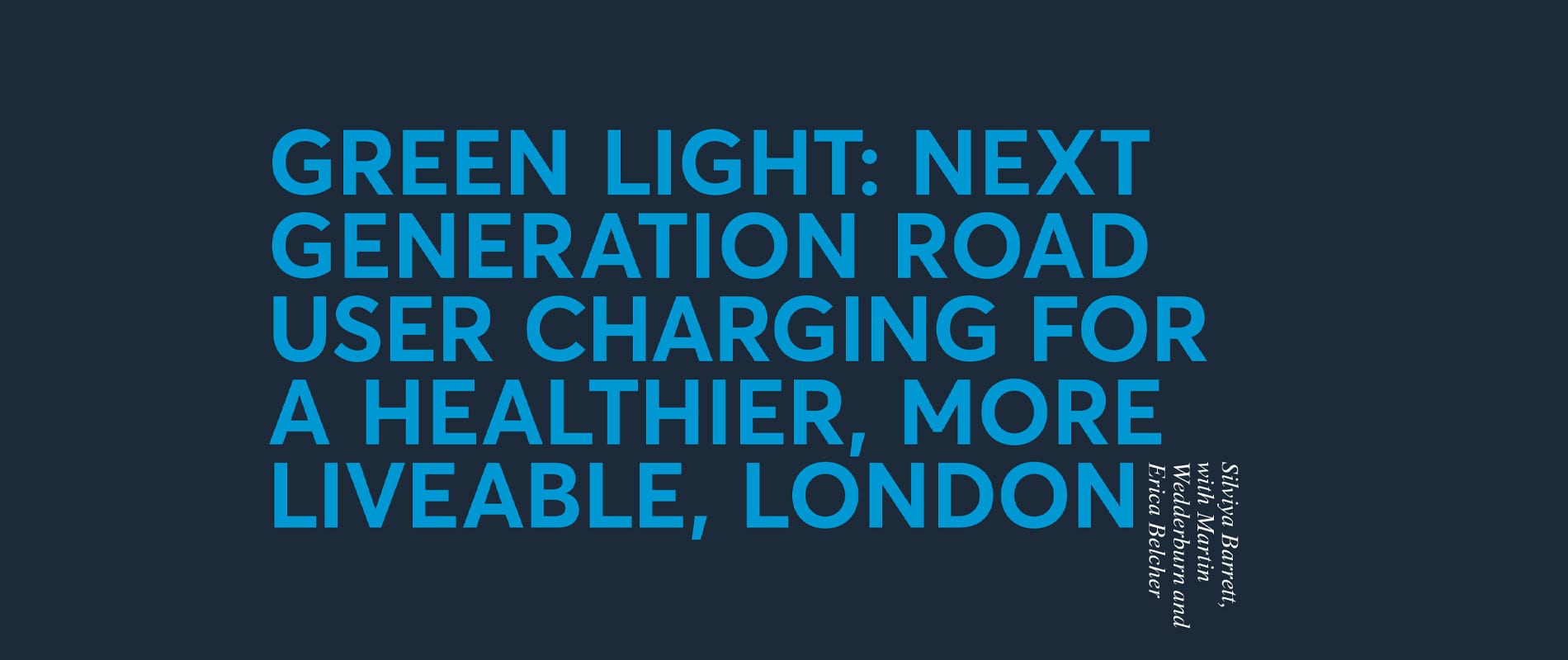 That was the conclusion of the expert panel at a great Centre for London event last night to launch its new report on the future of the transport network and road user charging in London.
That was the conclusion of the expert panel at a great Centre for London event last night to launch its new report on the future of the transport network and road user charging in London.
I was there with our client emovis, whose Chief Exec Anthony Alicastro was on the panel to give an industry perspective in front of a packed ‘standing room only’ crowd of around 200 delegates including London Mayoral candidates, campaigners and assembly members.
So, what might happen in London?
The Centre for London report titled“Green Light: Next generation road user charging for a healthier, more liveable London”, calls for London to move towards an innovative new road user charging scheme which charges drivers on a per-mile basis. Costs would vary by vehicle emissions, local levels of congestion and pollution and availability of public transport alternatives – and prices would be set before the journey begins.
The scheme would be integrated with London’s wider transport system via a new app and digital platform, which the report proposes would be run by Transport for London. The scheme, which the report calls City Move would provide Londoners with more choice about how they travel around the city.
City Move would utilise the latest technology to give Londoners all their travel information in one place, allowing them to compare, plan and pay for journeys. Drivers, for example, would be presented with costs and impacts of using their vehicle versus alternative modes of transport.
It’s not policy yet – but the report’s authors are calling on all Mayoral candidates in the capital’s 2020 election to make a commitment to tackle the issue, and momentum is gathering, so watch this space
What’s the role for communications, PR and marketing?
Where do you start. It’s all about good communications. There are challenges around public acceptance of the introduction of road user charging or tolling, but in cities like London the debate has moved on – it is no longer about whether to charge people – it is about how to do it.
Our top three tips for communicating with the public and stakeholders on road user charging are:
- Be clear on WHY you are introducing road user charging (e.g. to benefit the environment, to raise money for road improvements, to relieve congestion, to boost the economy). This doesn’t just shape what type of scheme you should deliver but it frames the public debate from day one.
- Be clear how you are going to use the money raised. Transparency is critical for buy-in and focusing on the benefits you are delivering will be crucial.
- Keep it simple – the great thing about the City Moveconcept is it keeps things as simple as possible for customers.
Once you get this strategic approach right you can get start being creative with the comms tactics and branding, but it is the messaging and positioning that sets the agenda and frames the discussion.
From our work on the merseyflow project and wider work with emovis over the past year on other schemes they are looking at around the world, it is clear this is something that both national governments and local authorities/major cities are looking at very closely.
In terms of maximising public acceptability, once you add in
- the possibility of road user charging replacing road tax and maybe even fuel duty
- an easy to use app that shows you the cheapest and quickest way to travel and gives you viable alternative public transport options
- a scheme that can offer refunds if there are delays…..
…..then my view is this starts to become a very meaningful and realistic policy option.
For London, City Move would be healthier, fairer, simpler and greener than existing charging systems. Hard to argue against when you think about it.
Thanks for reading.
Chris
